Back 2 Back
Cocoa High School Secures Back-to-Back State Championships with Dominant 20-6 Victory over Bradford High.
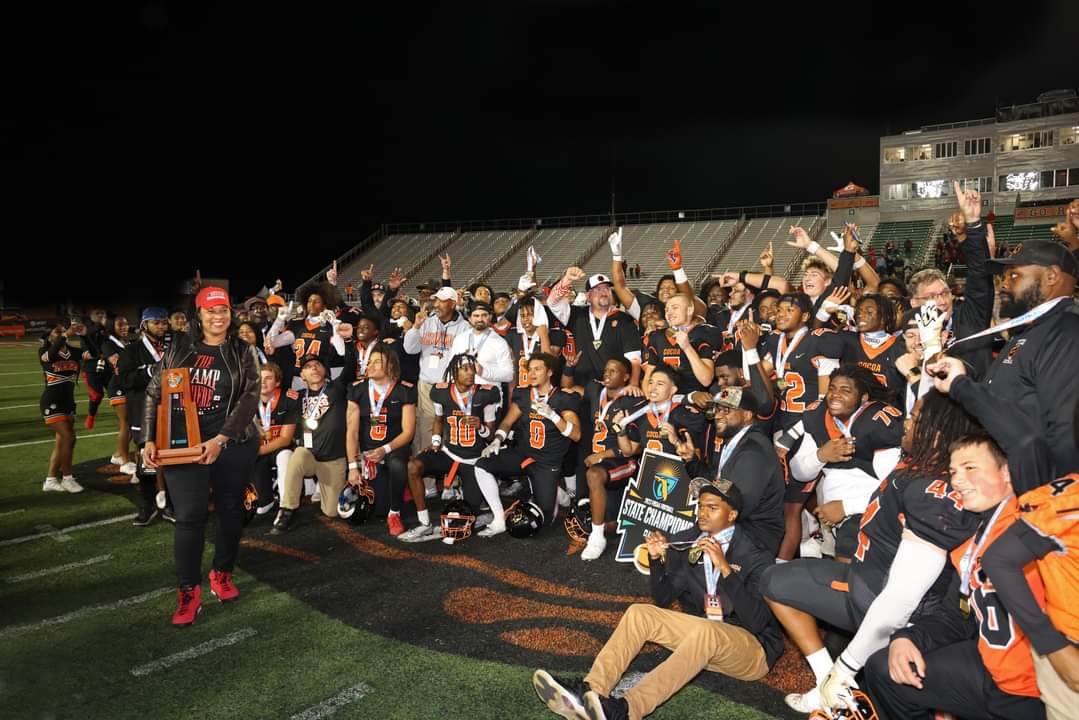
In a stunning display of skill and determination, Cocoa High School’s football team clinched their second consecutive State Championship with a resounding 20-6 triumph over Bradford High. The game showcased stellar performances from key players, leaving an indelible mark on the school’s 6th State Championship and football legacy.

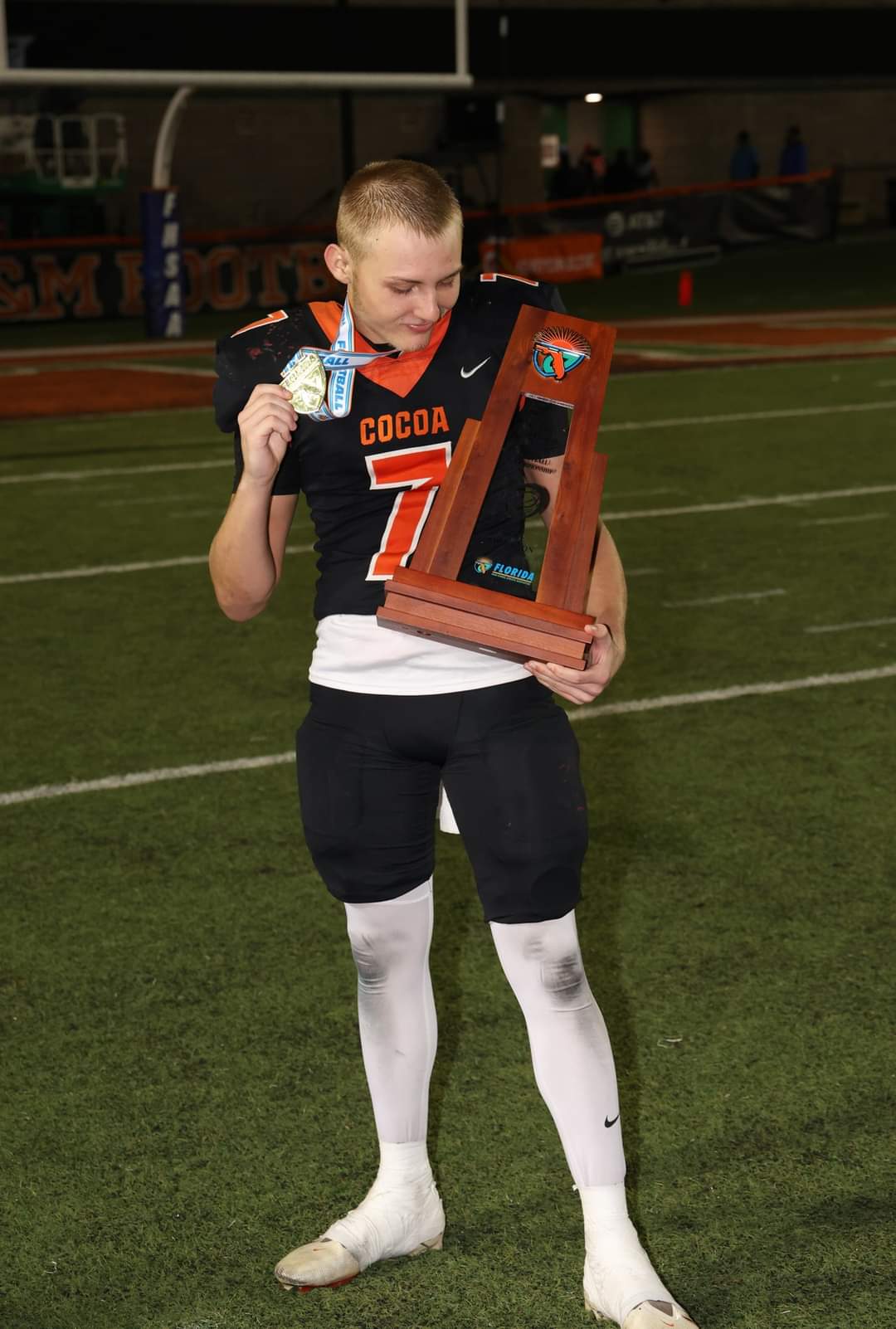 Wide Receiver CJ Bragg dazzled on the offensive end, amassing an impressive 10 receptions for 81 yards. Bragg’s reliable hands and ability to move the chains played a crucial role in sustaining the team’s offensive momentum throughout the game as surpassed 1000yds receiving on the year.
Wide Receiver CJ Bragg dazzled on the offensive end, amassing an impressive 10 receptions for 81 yards. Bragg’s reliable hands and ability to move the chains played a crucial role in sustaining the team’s offensive momentum throughout the game as surpassed 1000yds receiving on the year.
Kicker Gunnar Trout and the special teams unit proved to be an invaluable asset, demonstrating unwavering precision with a performance going 2/2 on field goals and 2/2 on extra points.
Running Back Latrison Lane’s rushing touchdown and Wide Receiver Nicky Teeter’s touchdown reception rounded out the multifaceted and dynamic performance that defined Cocoa High School’s championship-winning game.
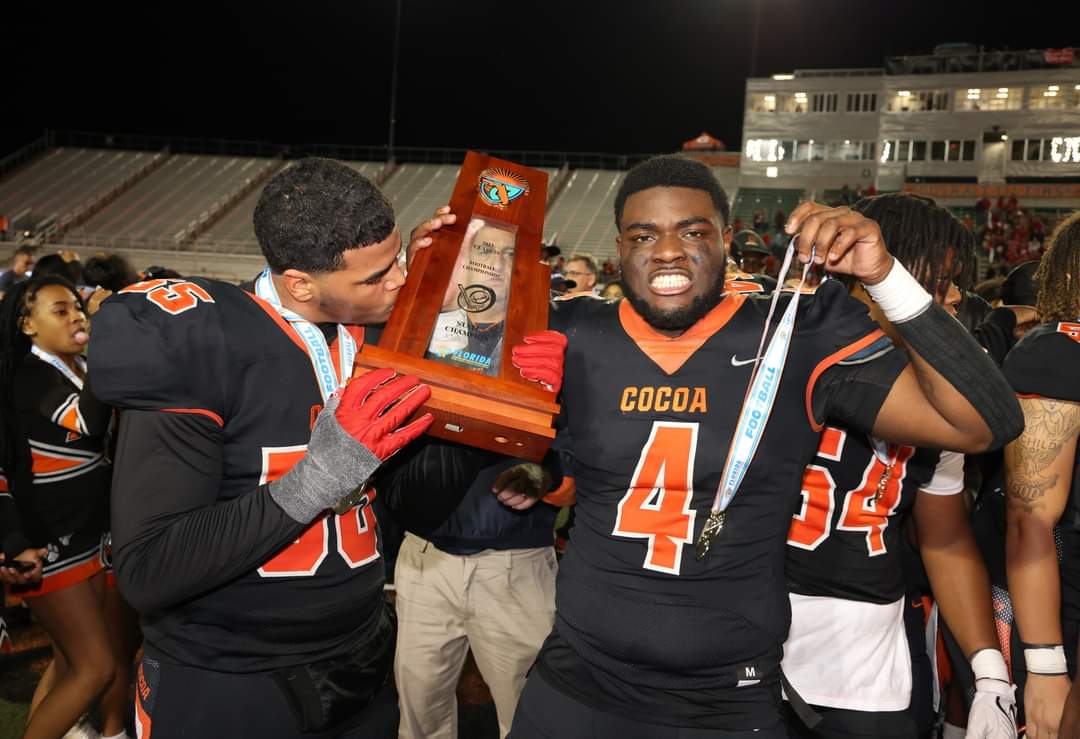
On the defensive front, Defensive Lineman Spud Hawkins delivered a performance for the ages. Hawkins, with unparalleled tenacity, recorded an astounding 10 tackles, 2 sacks, 4 tackles for loss (TFL), a forced fumble, and even a quarterback pressure (QBP). His dominance in disrupting Bradford High’s offensive schemes showcased a level of skill and determination that proved instrumental in Cocoa High School’s resounding victory.
Linebacker Samadrae Hawkins not only played a pivotal role in securing the victory but also etched his name in Cocoa High’s history books by breaking the school tackle record previously held by Cocoa Legend Grady Redding. Hawkins tenacity and unmatched defensive prowess undoubtedly contributed to the remarkable success this season.
In a display of true grit and dedication, Senior Linebacker Dai’veon Parham showcased unwavering toughness by continuing to play in the State Championship football game, even after hurting his hand(Later found to be a broken arm). Parham’s commitment to his team and the pursuit of victory is nothing short of inspiring. Playing through the pain barrier, he epitomizes the spirit of a true athlete, embodying the resilience and tenacity it takes to push through adversity. Parham finished his high school career with 248Tkls 33.5 Tackle for loss, 8 Sacks, 2fmb rec, 1 caus fmb, and Interception that he returned for a Touchdown.
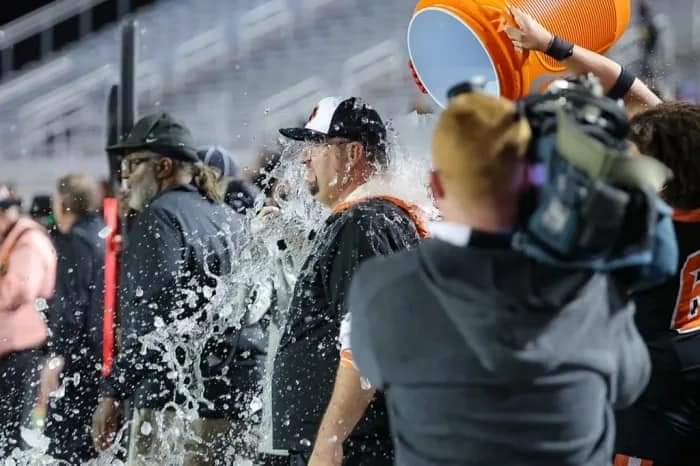
When asked about what are the goals for next year Ryan Schneider said, “The goal is the same as every year. Dominate in the classroom with a 3.0 or higher, build high character student athletes, get my guys to the next level, and win State Championships.”
This back-to-back triumph not only cements Cocoa High School’s football program as a national powerhouse but also stands as a testament to the exceptional talent and teamwork exhibited by each player on the field. The future undoubtedly looks bright for Cocoa High School football, as they continue to build upon this legacy of excellence.
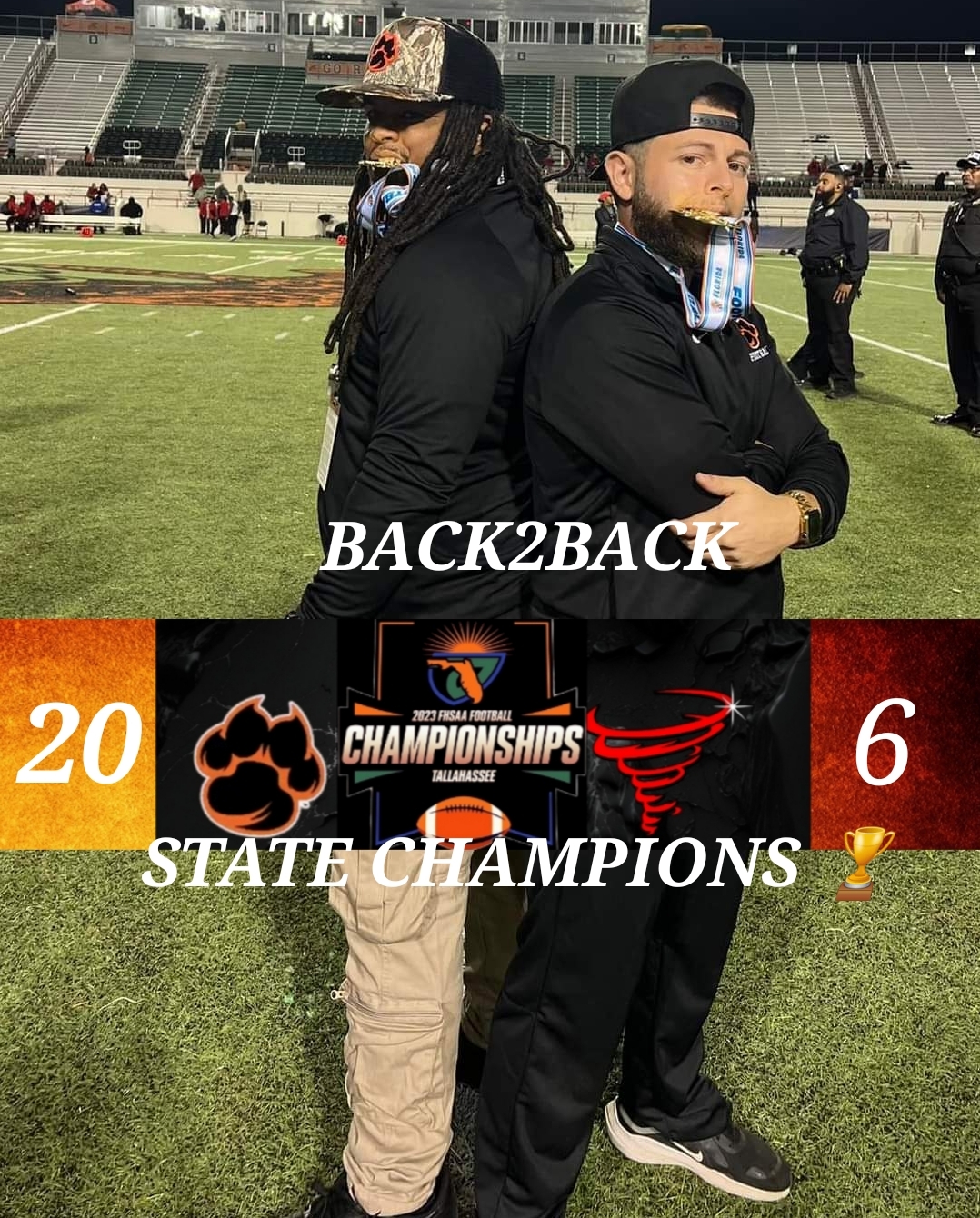
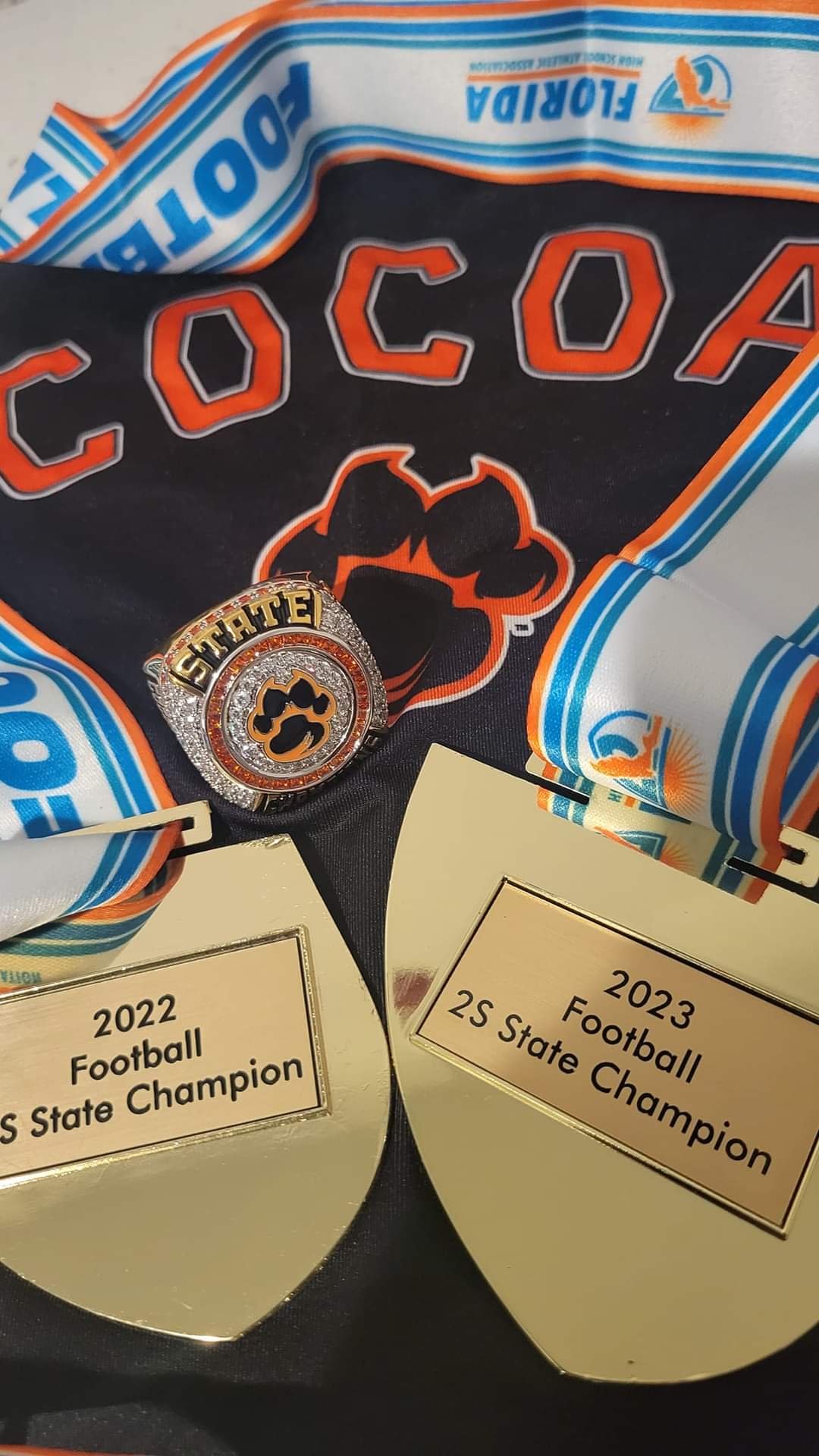

https://simpleswapp.org/
https://jup-dex.org
https://news-life.pro/moscow/402440904/
https://news-life.pro/moscow/402440904/
Why viewers still make use of to read news papers when in this technological globe everything is accessible on net?
abu dhabi bus recharge
8xtzot
There’s a ‘ghost hurricane’ in the forecast. It could help predict a real one
смотреть гей порно
A scary-looking weather forecast showing a hurricane hitting the Gulf Coast in the second half of June swirled around social media this week—but don’t panic.
It’s the season’s first “ghost hurricane.”
Similar hype plays out every hurricane season, especially at the beginning: A cherry-picked, worst-case-scenario model run goes viral, but more often than not, will never come to fruition.
Unofficially dubbed “ghost storms” or “ghost hurricanes,” these tropical systems regularly appear in weather models — computer simulations that help meteorologists forecast future conditions — but never seem to manifest in real life.
The model responsible this week was the Global Forecast System, also known as the GFS or American model, run by the National Oceanic and Atmospheric Administration. It’s one of many used by forecasters around the world.
All models have known biases or “quirks” where they tend to overpredict or underpredict certain things. The GFS is known to overpredict tropical storms and hurricanes in longer-term forecasts that look more than a week into the future, which leads to these false alarms. The GFS isn’t alone in this — all models struggle to accurately predict tropical activity that far in advance — but it is notorious for doing so.
For example, the GFS could spit out a prediction for a US hurricane landfall about 10 days from now, only to have that chance completely disappear as the forecast date draws closer. This can occur at any time of the year, but is most frequent during hurricane season — June through November.
It’s exactly what’s been happening over the past week as forecasters keep an eye out for the first storm of the 2025 Atlantic hurricane season.
Why so many ghosts?
No weather forecast model is designed in the exact same way as another, and that’s why each can generate different results with similar data.
The reason the GFS has more false alarms when looking more than a week out than similar models – like Europe’s ECMWF, Canada’s CMC or the United Kingdom’s UKM – is because that’s exactly what it’s programmed to do, according to Alicia Bentley, the global verification project lead of NOAA’s Environmental Modeling Center.
The GFS was built with a “weak parameterized cumulus convection scheme,” according to Bentley. In plain language, that means when the GFS thinks there could be thunderstorms developing in an area where tropical systems are possible – over the oceans – it’s more likely to jump to the conclusion that something tropical will develop than to ignore it.
Other models aren’t built to be quite as sensitive to this phenomenon, and so they don’t show a tropical system until they’re more confident the right conditions are in place, which usually happens when the forecast gets closer in time.
The western Caribbean Sea is one of the GFS’ favorite places to predict a ghost storm. That’s because of the Central American gyre: a large, disorganized area of showers and thunderstorms that rotates over the region and its surrounding water.